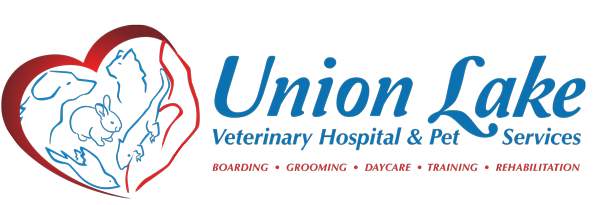Dogs can have a variety of health conditions that negatively affect their quality of life, including vision problems. One of these conditions is cataracts. Although the way a dog sees is much different than the way a human sees, the structure of a canine eye is very similar to ours. Because of this, dogs are as susceptible to this condition as humans. Keep reading to learn more about cataracts in dogs and what to do if your furry friend has them:
The Basics of Cataracts in Dogs
The retina is a layer of tissue in the eye that communicates with the optic nerve when it senses light. This lets the brain know the eye is viewing something. The lens of the eye magnifies and focuses the light so the brain can interpret it into a clear image. Cataracts cause cloudiness over the lens, which obstructs the eyes’ ability to see clearly. If left untreated, cataracts could eventually cause vision loss in the affected eye.
The Causes of Cataracts in Dogs
There are a few different factors that could lead to this ocular condition. These include:
- Nutritional deficiencies
- Congenital issues during fetal development
- Trauma or injury to the area
- Inflammation
- Genetics
- Diabetes mellitus
While cataracts are more common in senior dogs, dogs of any age can develop them. Certain breeds like Bichon Frise, labrador retrievers, huskies, and different kinds of poodles might be more likely genetically to develop them. Talk to your veterinarian about your dog’s risk for cataracts so you know when to look for them.
Signs and Symptoms of Cataracts in Dogs
In the early stages, cataracts often cause redness in or around the eye due to inflammation in the area. As the cataract grows, it will turn the pupil white and start to negatively affect vision. The eye might start to appear hazy or clouded during this phase. While it can be hard to detect vision loss as it starts to occur, dogs sometimes bump into furniture or miss catching a ball that was once easy for them.
Treatment Options for Cataracts in Dogs
Once your veterinarian confirms the presence of cataracts, there are a few treatment options. If your dog’s vision does not seem to be affected by the condition, the doctor will probably suggest monitoring the progression. He or she might also prescribe anti-inflammatory drops, which can significantly decrease pain and even improve vision. In more advanced cases, the veterinarian might suggest surgery.
Cataract Surgery for Dogs
Surgery for cataracts in dogs can be very beneficial, but also has risks like any other surgery.. If your veterinarian determines it’s the best course of action, we will refer you to a Veterinary Ophthalmologist to remove the cataract and replace the affected lens with an artificial one. In most cases, dogs experience a successful outcome and regain their vision.
Whether you suspect your dog has cataracts or it’s time for a yearly wellness exam, the team at Union Lake Veterinaryl Hospital is here for you. Call us at (248) 363-1508 to learn more about our services or to schedule an examination for your pet.

